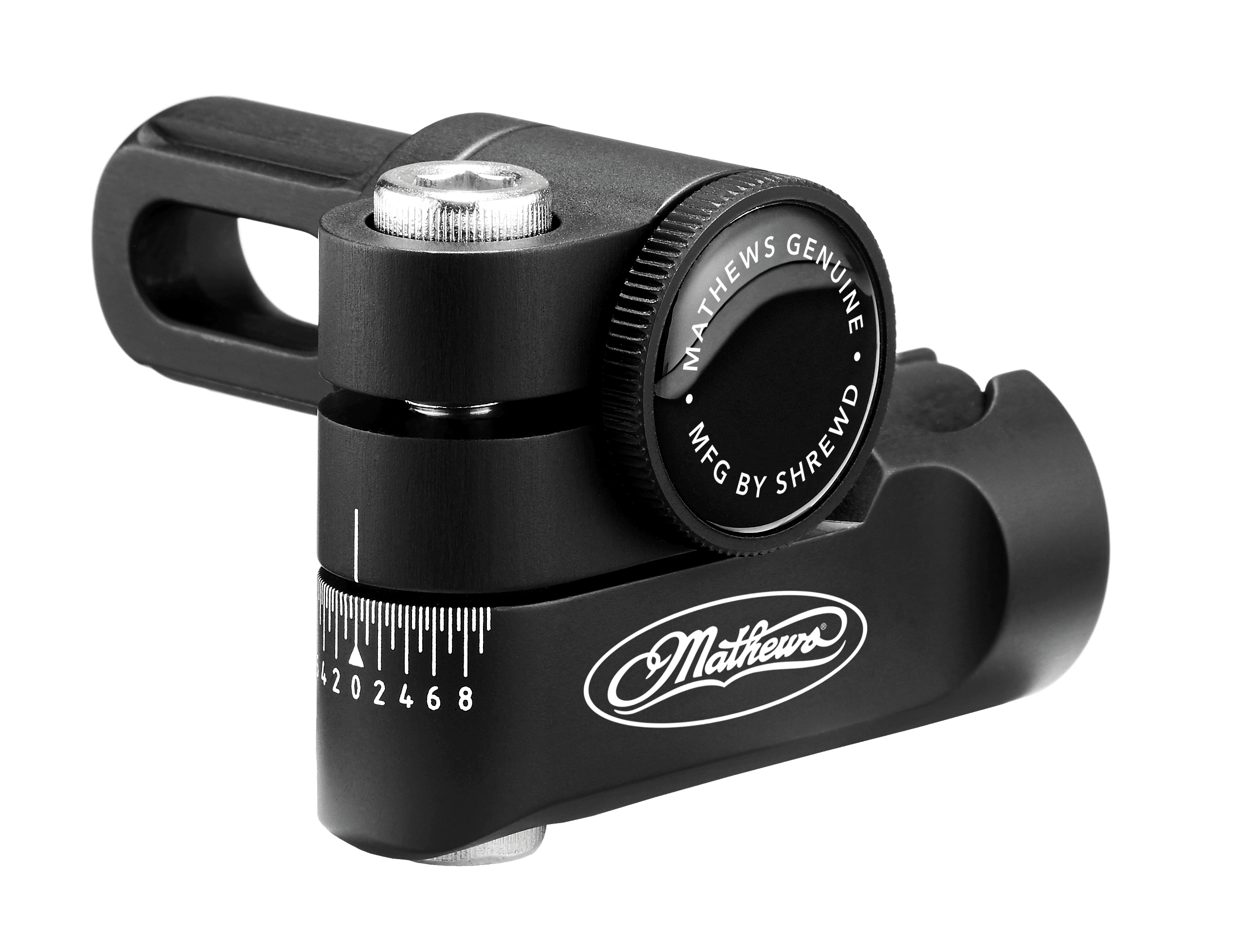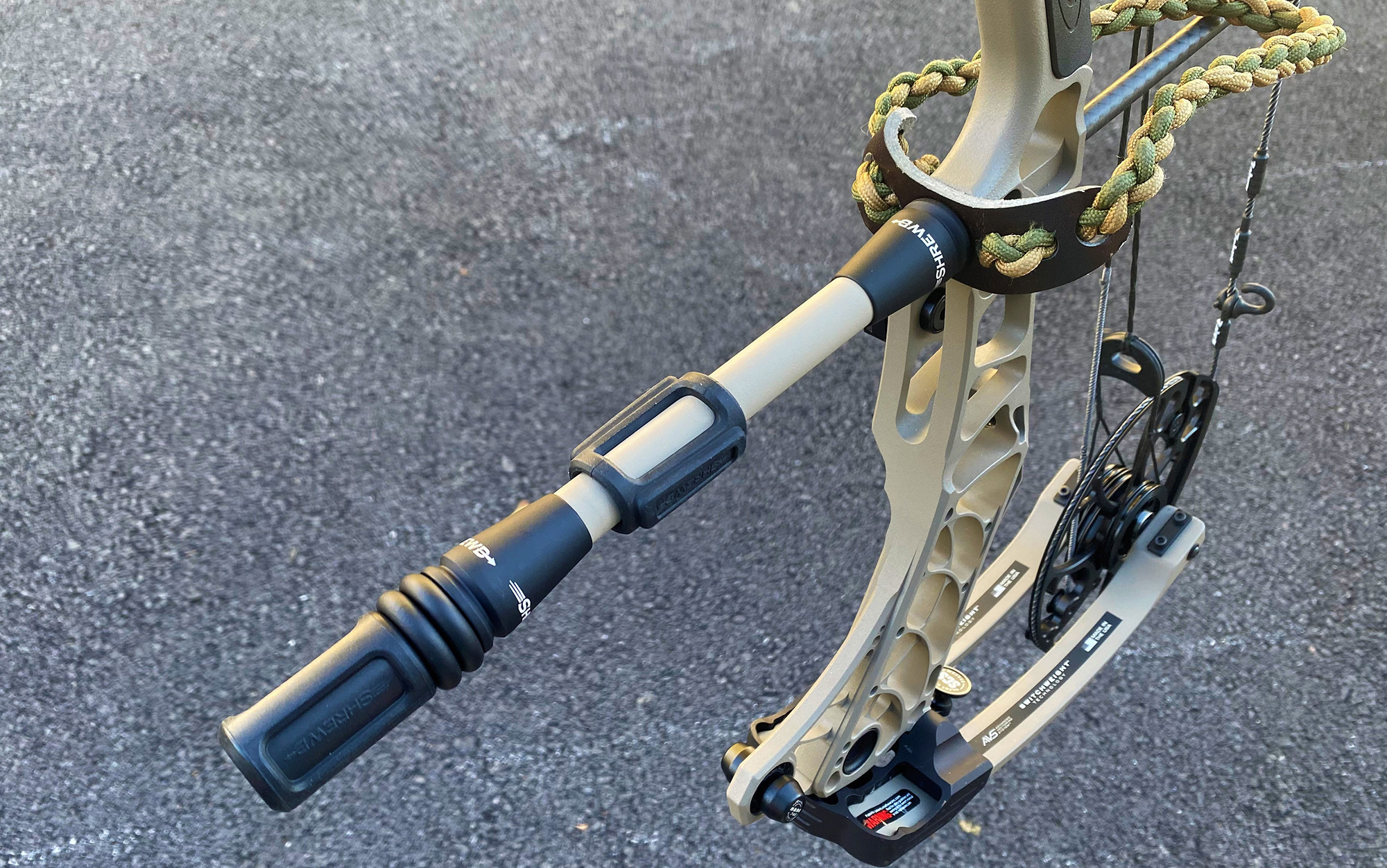Master Your Aim with High-Quality Bow Stabilizers: Shop Now!
Master Your Aim with High-Quality Bow Stabilizers: Shop Now!
Blog Article
Boost Your Archery Efficiency: The Ultimate Overview to Bow Stabilizer Configuration
Enhancing your archery efficiency needs a thorough strategy to every aspect of your equipment setup. Among the various components that contribute to precision and stability, the bow stabilizer plays an essential function in fine-tuning your shot execution. Understanding how to enhance your bow stabilizer configuration can cause considerable improvements in your general accuracy and consistency on the range or in the field. As we look into the ins and outs of selecting the appropriate stabilizer weight, positioning, and tweak strategies, you will certainly reveal the secret to opening your full possibility as an archer.
Understanding Bow Stabilizers
In the realm of archery equipment, the function and feature of bow stabilizers stand as important components for enhancing shooting precision and stability. Bow stabilizers are designed to lessen bow torque, decrease vibrations, and assist in holding the bow constant during the intending and release procedure. By attaching a bow stabilizer to the riser of the bow, archers can experience enhanced balance and minimized hand shock, resulting in even more accurate and regular shots.
The main objective of a bow stabilizer is to dampen any kind of resonances that occur upon launching the arrowhead. This reduction in resonance not only enhances the shooter's convenience but additionally helps preserve emphasis and control throughout the shot cycle. In addition, bow stabilizers help in counterbalancing the weight of devices connected to the bow, such as sights, quivers, and arrowhead relaxes, guaranteeing optimum weight distribution for enhanced security.
Understanding the mechanics and benefits of bow stabilizers is essential for archers aiming to fine-tune their shooting performance and accomplish better accuracy on the array or in the area.

Selecting the Right Stabilizer Weight
Choosing the appropriate weight for your bow stabilizer is a critical facet of enhancing your archery arrangement for improved capturing efficiency. The stabilizer weight straight influences exactly how effectively the stabilizer lowers vibration and supports your bow throughout the shot. When selecting the appropriate stabilizer weight, it's necessary to consider your shooting style, bow balance, and personal preferences.
Lighter stabilizers, generally considering in between 3-6 ounces, are preferred by archers that focus on ability to move and quick target purchase. These stabilizers are perfect for hunters or those who shoot in challenging terrains where flexibility is key. On the other hand, larger stabilizers, varying from 8-12 ounces or even more, are liked by target archers looking for optimum security and lowered bow motion. The added weight helps hold the bow steadier throughout the intending process and minimizes the results of torque on the bow.
Inevitably, the most effective stabilizer weight for you will rely on your capturing goals and choices. Try out different weights and finding the one that supplies the optimum balance of security and ability to move is essential to improving your archery performance.
Putting Up Your Bow Stabilizer
To effectively install your bow stabilizer, ensure that you have all the essential tools and follow these detailed directions for a secure and reliable configuration. Begin by identifying the front stabilizer bushing on your bow riser. A lot of bows have pre-threaded holes for stabilizer installment. Next, use a percentage of bowstring wax to the threads of the stabilizer screw to stop it from loosening up during usage.
Carefully string the stabilizer right into the front bushing by hand, making certain not to cross-thread it (bow stabilizer). As soon as the stabilizer is snugly in location, make use of a proper wrench to tighten it safely. Stay clear of over-tightening, as this can cause damage to the bow or stabilizer
After setting up the stabilizer, check to guarantee it is straight and lined up with the bow. Some stabilizers feature flexible weights or dampeners; readjust these according to your preferences and shooting style. Test the bow visit this page to ensure the stabilizer is successfully lowering resonance and improving your shot consistency.
Readjusting Stabilizer Position for Precision
After installing the bow stabilizer firmly, imp source maximizing its placement is crucial for boosting precision in your shooting. The position of the stabilizer can considerably impact the balance and stability of your bow throughout the shot cycle. To readjust the stabilizer for optimum precision, begin by explore different positions. Moving the stabilizer better to the riser can help in reducing the bow's overall weight circulation, possibly enhancing your intending security. On the other hand, prolonging the stabilizer further out can boost the bow's mercy and reduce the impacts of torque on the shot.
When adjusting the stabilizer setting, consider the kind of shooting you do. For target archery, a longer stabilizer placed further out may be advantageous for included security during the intending procedure - bow stabilizer.
Fine-Tuning Your Stabilizer Configuration

In addition, take into consideration the positioning of any kind of dampeners or weights along the stabilizer rod. Relocating these parts closer to or better from the riser can modify the stabilizer's general impact on your bow's equilibrium. Fine-tuning these details can help in reducing vibration, reduce hand shock, and enhance overall control during the shot execution.
On a regular basis reassess your stabilizer configuration as your shooting method advances to ensure it remains to match your kind and capturing objectives. By finetuning your stabilizer configuration with accuracy and treatment, you can maximize your bow's efficiency and elevate your archery abilities to brand-new elevations.
Verdict
To conclude, optimizing your bow stabilizer setup is important for boosting your archery performance. By understanding the function of stabilizers, picking the appropriate weight, correctly placing the stabilizer and mounting, and fine-tuning its setup, you can enhance your precision and consistency in shooting. Make the effort to experiment with various setups and modifications to find the arrangement that works ideal for you and helps you accomplish your archery goals.
Bow stabilizers are made to minimize bow torque, lower resonances, and help in holding the bow consistent throughout the intending and launch process. By attaching a bow stabilizer to the riser of the bow, archers can experience enhanced equilibrium and lowered hand shock, resulting in even more specific and consistent shots.

The stabilizer weight directly influences exactly how properly the stabilizer lowers vibration and supports your bow during the shot. bow stabilizer. By recognizing the objective of stabilizers, picking the suitable weight, appropriately placing the stabilizer and mounting, and fine-tuning its configuration, you can improve your precision and consistency in shooting
Report this page